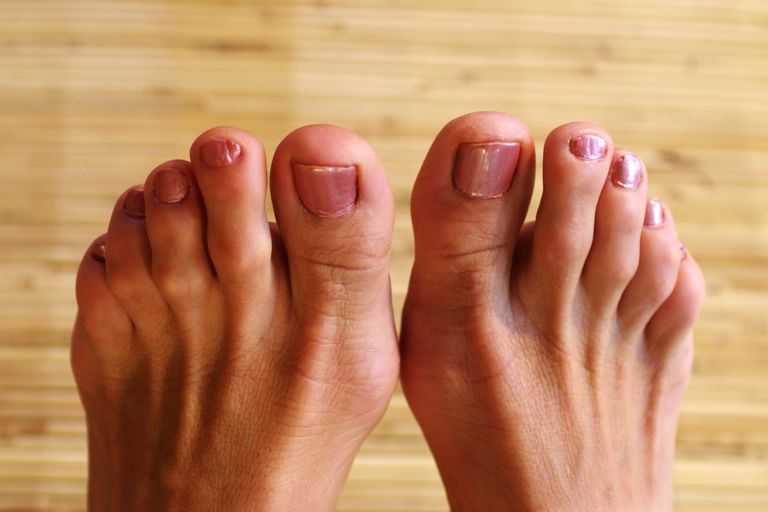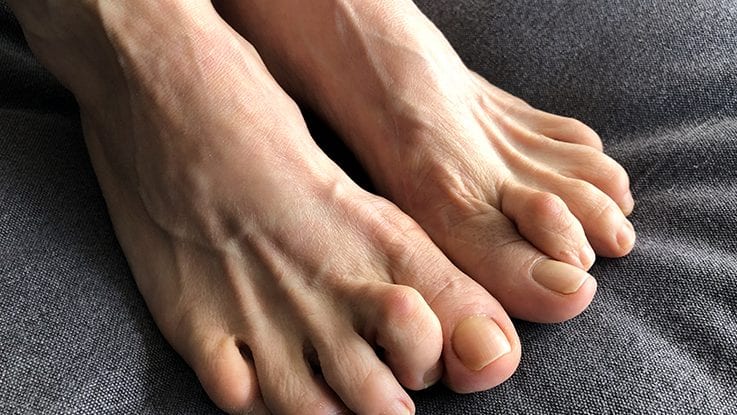What is Hammer Toe?

When one or more of the toes become severely contracted, they begin to curl downward instead of pointing forward. If this immobility is not addressed the bones in a persons feet may become deformed. If caught intimate you can avoid developing corns, bunions, claw toe, hammer toe and mallet toe.
Daily stretching is extremely beneficial in the early stages of hammer toe. It is important to improve the flexibility of the muscles and tendons of the foot and lower leg. These stretches will also lead to pain relief, if you are experiencing any. Be sure to practice exercise like toe pose, toe drags and other activities that stretch the ankle, foot and toes.
Some people report success with toe spacers and toe splints. These are a great option if you know you are someone who has a hard time incorporating new activities into your lifestyle.
If the tissue is too painful to stretch you may need soft tissue therapy techniques such as, myofascial release, sports massage therapy, isolated sports stretching etc. to help rehabilitate the soft tissues of the foot, calves and shins. If you can improve circulation and reduce muscle tension it will make stretching much more productive and comfortable.
Who is at a higher risk for developing hammer toe?
People who wear high heels, tight or narrow shoes and folks who run regularly are at the highest risk and should make sure that they are stretching and massaging their feet and lower legs regularly.
We treat this condition regularly and with great success. We mostly see this issue within our running community here at Clearwater Sports Massage. Reach out if you need help treating your hammer toe!

If you are experiencing any of these issues check out the links below!